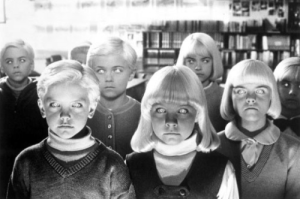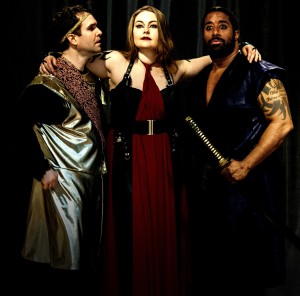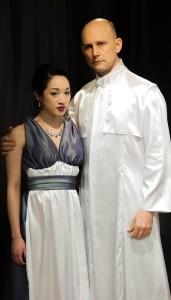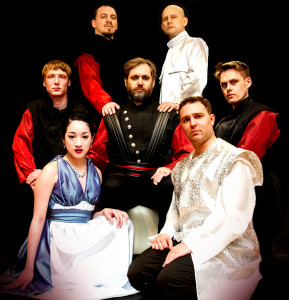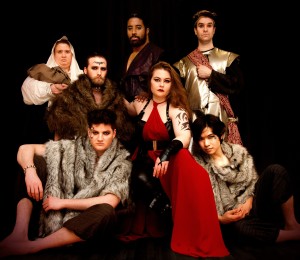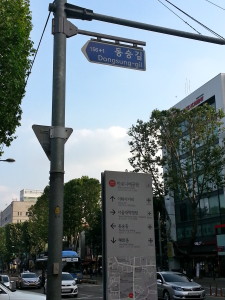For those who have ever taught or spoken to a large group in general, you’ll get what I’m saying. For those who haven’t, allow me to paint you a picture. You’re trying to explain something to your audience and you think everyone’s with you and suddenly you see this look swimming on all the faces in the room:

Somewhere in your explanation, you’ve lost your flock and now to round them back up. In my case, I usually turn to my Korean co-teacher and ask them to explain again in Korean. However, I haven’t always had the support that I do now. My first year especially, in 2013, I had a few classes that were a struggle as the students were young, new to learning with a native speaker and my co-teacher was usually mentally (if not physically) absent from class.
It was times like those that made me question my life choices until a random sentence clicked with someone like a flash of lightning and they got it. Often times, it was because of K-Pop (Korean pop music) that the eureka moment happened. K-Pop is known for inserting English words or sentences into their lyrics. One musician, Tiger JK, said the reason Korean musicians like putting English into songs is because it’s difficult to rhyme with all Korean words. It’s much easier rhyme an English word with a Korean word but there is also the angle of international marketability.
Whatever the cause, I’m grateful for it. Although K-Pop is often mocked for using nonsensical English, here are three times that English in a K-Pop song saved my class.
First up is T-Ara’s “Bo Peep Bo Peep” from 2009 that taught many the phrase “follow me.” Even though this song is “old” by K-Pop standards, there was a sexy version of this music video released that got a lot of attention for its 19+ rating so it was kind of a big deal. The chorus goes: Follow me, follow me, 나를따라 (nareul ttara) follow me.
This was phrase was especially helpful in my first year with my grade 3 students and low-level grade 4s. When they couldn’t understand what I saying and there was no help, I could at least rely on T-Ara and shout “follow me!” Then proceed to charades the crap out of whatever it was I was trying to convey.
Watch T-Ara’s video below:
https://www.youtube.com/watch?v=3XgvkeBBhZE
My second round of thanks goes out to Big Bang’s “Fantastic Baby” from 2012 which worked wonders when teaching kids how to answer the question “how are you?” Usually when asked this, they default to the Children of the Corn monotone response “I’m fine thank you and you?” It’s really quite disturbing.
Despite this early English training drill, using terms like “I’m great!” or “I’m fantastic!” has helped to make my students think of their own answer rather than spitting the robotic reply. With a helping hand from G-Dragon and the boys, I can safely answer the question of how I’m doing with greater expression than “I’m fine” and the wee ones get me. Thanks Big Bang ;)
Watch Big Bang’s video below:
My final thanks goes to Sistar, who had a song in 2013 called “Give It To Me.” This song’s music video was a little bit sexy as well, but the song itself was all over the radio and performed live on music shows in Korea for months after its release. The chorus included the phrase “give it to me” over and over and became a useful tool in the classroom for me.

Sometimes if students didn’t understand what I said in a normal speaking pattern, I would sing it instead and suddenly they would understand. Thanks Sistar!
Watch Sistar’s video here:
You never know what random word will click with a student when teaching English as a second language. Wether they learned it from an American movie or a K-Pop song, it’s a bridge to learning in the end. I’m sure I’ll find more examples in the next year to do a part 2 on this topic. For those teaching in Korea, are there any I missed that have helped you out in the classroom? English teachers around the world, let me know what songs have helped you out!

